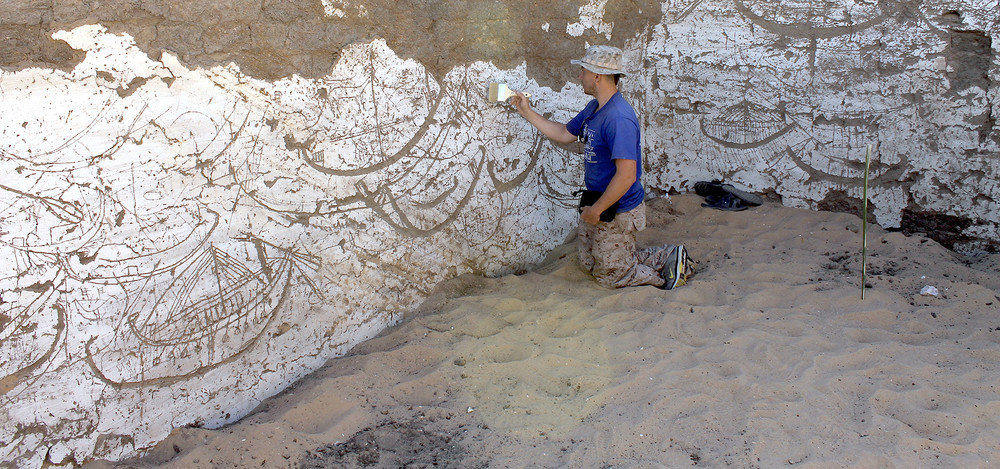By failing to tell the hard truth about Establishment wrongdoing, The New York Times
— along with other mainstream U.S. media outlets — has destabilized American democracy, reports Robert Parry.Whenever
The New York Times or some other mainstream news outlet holds itself out as a paragon of professional journalism - by wagging a finger at some pro-Trump "fake news" or some Internet "conspiracy theory" - I cringe at the self-delusion and hypocrisy.
No one hates fake news and fact-free conspiracy theories more than I do, but the sad truth is that the mainstream press has opened the door to such fantasies by losing the confidence of the American people and becoming little more than the
mouthpiece for the Establishment, which spins its own self-serving narratives and tells its own lies.
Rather than acting as a watchdog against these deceptions, the
Times and its mainstream fellow-travelers have transformed themselves into little more than the Establishment's apologists and propagandists.
If Iraq is the "enemy," we are told wild tales about how Iraq's non-existent WMD is a danger to us all. If Syria is in Washington's crosshairs, we are given a one-sided account of what's happening there, black hats for the "regime" and white hats for the "rebels"?
If the State Department is backing a coup in Ukraine to oust an elected leader, we are regaled with tales of his corruption and how overthrowing a democratically chosen leader is somehow "democracy promotion." Currently, we are getting uncritical stenography on every conceivable charge that the U.S. government lodges against Russia.
Yet, while this crisis in American journalism has grown more severe in recent years, the pattern is not entirely new. It is reflected in how the
mainstream media has missed many of the most significant news stories of modern history and has, more often than not, been an obstacle to getting at the truth.


Comment: See also: